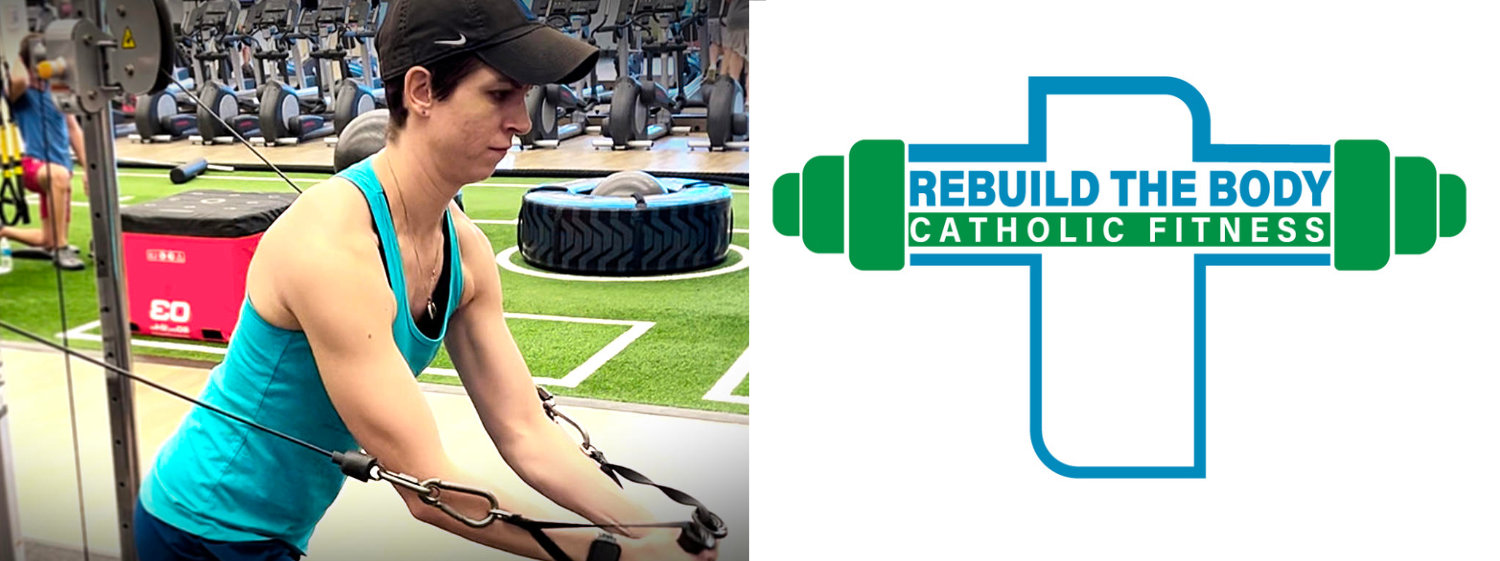Ankle Complications Revealed in the Overhead Squat Assessment and Their Solutions

Introduction
The Overhead Squat Assessment (OSA) is a crucial fitness tool used by fitness professionals to identify potential mobility and stability issues within the body. This dynamic movement pattern can reveal various dysfunctions, particularly in the ankles, that might not be apparent through other assessments. Proper ankle unction is essential for overall movement efficiency and injury prevention. Ankle complications can be identified with the OSA, which can then lead to practical solutions to address them.
Understanding the Overhead Squat Assessment
The Overhead Squat Assessment (OSA) is a functional movement screening tool that helps in identifying muscular imbalances, movement dysfunctions, and compensatory patterns. To perform the OSA, the individual starts with feet shoulder-width apart, arms raised overhead, and squats down as deeply as possible while maintaining an upright torso and arms extended.
Ankle mobility and stability play a significant role in the success of this assessment. Limited range of motion or instability can cause compensatory movements in the knees, hips or lower back. Common indicators of ankle issues during the OSA include excessive forward lean, heels lifting off the ground, or knees caving inward.
Common Ankle Complications Identified in the OSA
- Limited Dorsiflexion: Inadequate forward movement of the ankle joint, hindering deep squat positions.
- Ankle Pronation/Supination: Excessive inward (pronation) or outward (supination) rolling of the foot, leading to instability and potential injuries.
- Ankle Instability: Lack of control or balance in the ankle joint, often resulting from previous injuries.
- Achilles Tendinitis: Inflammation of the Achilles tendon, causing pain and limiting movement.
- Posterior Tibial Tendon Dysfunction (PTTD): A condition affecting the tendon that supports the arch of the foot, leading to flatfoot deformity and discomfort.
Causes of Ankle Complications
Ankle complications can arise from various factors, including anatomical and biomechanical issues, lifestyle and activity levels, and previous injuries.
- Anatomical Factors: Differences in bone structure or joint alignment can impact ankle function.
- Biomechanical Factors: Poor movement patterns, such as overpronation, can stress the ankle.
- Lifestyle and Activity Level: Sedentary lifestyles or repetitive stress from certain sports can contribute to ankle problems.
- Previous Injuries: Ankle sprains or fractures can lead to chronic instability or reduced mobility.
Addressing Limiting Dorsiflexion
Limited dorsiflexion can significantly impact performance in the OSA and overall movement quality.
- Assessing Methods: Use tools like the wall test to measure dorsiflexion range of motion.
- Exercise and Stretches:
- Calf Stretches: Stretch the gastrocnemius and soleus muscles to increase flexibility.
- Ankle Mobilization Exercises: Perform exercises like ankle circles and banded dorsiflexion to improve joint mobililty.
- Strengthening Exercises for the Anterior Tibialis: Strengthen the muslce responsible for dorisflexion with exercises like toe raises.
Correcting Ankle Pronation/Supination
- Assessment Techniques: Observe foot movement during the OSA and use gait analysis.
- Corrective Strategies:
- Strengthening Exercises: Focus on intrinsic foot muscles with exercises like toe curls and marble pickups.
- Balance and Proprioception Training: Impprove stability like single-leg stands and balance board drills.
- Orthotic Interventions and Footwear Recommendations: Use custom orthotics or supportive shoes to correct alignment.
Managing Ankle Instability
Ankle instability often results from inadequate rehabilitation after injuries.
- Assessment Methods: Perform stability tests like the single leg-balance test.
- Rehabilitation Exercises:
- Balance and Proprioception Exercises: Use tools like wobble boards and BOSU balls to enhance stability.
- Strengthening Exercises: Perform exercises like lateral leg raises and reistance ban eversion to support the ankle.
- Functional Movement Training: Integrate dynamic movements like lateral hops and agility drills to improve overall ankle function.
Treating Achille Tendinitis
Achilles tendinitis can cause significant pain an limit physical activity. This cannot be diagnosed or treated by a personal trainer. See the appropriate specialist (doctor, physcial therapist) for diagnosis and rehab.
- Assessment and Diagnostic Techniques: Use palpation and ultrasound to identifyl inflammation.
- Treatment Approaches:
- Eccentric Loading Exercises: Peform heel drops and other eccentric exercises to strengthen the tendon.
- Stretching and Flexibility Routines: Incorporate calf stretches and foam rolling to reduce tension.
- Load Management and Activity Modification: Adjust training intensity and incoporate rest periods to allow healing.
Addressing Posterior Tibial Tendon Dysfunction (PTTD)
PTTD can lead to severe deformities is not addressed promptly. Like Achilles tendinitis, must be diagnosed and treated by the appropriate specialists.
- Assessment and Diagnostic Techniques: Use visula inspections and functional tests to identify dysfunction.
- Treatment Strategies:
- Strengthening Exercises for Posterior Tibial Tendon: Perform exercises like towel scrunches and resistance band movements to enhance tendon strength.
- Orthotic Support and Footwear Considerations: Use supportive orthotics and appropriate footwear to relieve stress on the tendon.
- Activity Modification and Gradual Return to Activity: Implement a gradual return-to-activity program to prevent re-injury.
Integrating Ankle Health into Overall Fitness Regimens
Maintaining ankle health is crucial for overall fitness and performance.
- Regular Assessments: Incorporate periodic OSA to monitor and address any ankle issue.
- Preventative Measures and Ongoing Maintenance: Perform regular ankle mobility and stability exercises.
- Incorporating Ankle Mobility and Stability into Routine Workouts: Include exercises like ankle circles, calf raises, and balance drilles in regular training routines.
Conclusion
Ankle health is fundamental to overall movement efficiency and injury prevention. The Overhead Squat Assessment is a valuable tool for identifying ankle complication, and addressing these issues through targeted exercises and interventions can significantly improve performance and reduce risk of injury. Regular assessments and ongoing maintenance are essential for sustainng ankle health and achieving fitness goals.
